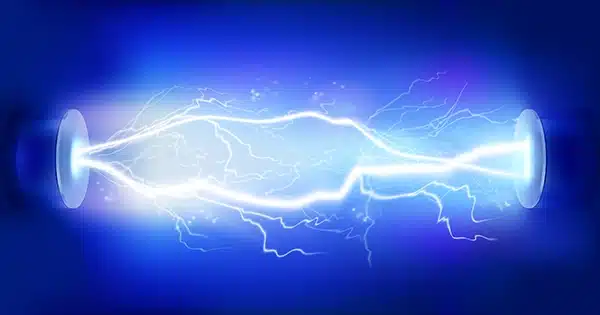“We engineered E. coli bacteria, the most widely studied microbe, to generate electricity,” explains EPFL Professor Ardemis Boghossian. “Although there are exotic microbes that naturally produce electricity, they can only do so when certain chemicals are present.” E. coli can grow on a variety of substrates, allowing us to generate power in a variety of settings, including wastewater.”
Boghossian’s team announced a major achievement in bioelectronics in a study published on September 8 in the journal Joule, increasing the capacity of common E. coli bacteria to generate energy. The paper describes a revolutionary strategy that has the potential to transform both waste management and energy production.

The Bioelectronic Breakthrough: E. coli bacteria, which are commonly used in biological research, have been used to generate electricity via a mechanism known as extracellular electron transfer (EET). EPFL researchers altered E. coli bacteria to have increased EET, resulting in highly efficient “electric microbes.” Unlike prior approaches, which required specific chemicals to generate energy, the bioengineered E. coli can generate electricity while metabolizing a wide range of organic substrates.
One of the study’s significant advances is the development of a complete EET pathway within E. coli, which has never been done previously. The researchers successfully developed an optimal pathway that bridges the cell’s inner and outer membranes by merging components from Shewanella oneidensis MR-1, a bacteria known for producing electricity. When compared to conventional procedures, this innovative pathway outperformed earlier partial approaches, resulting in a threefold increase in electrical current generation.
Wastewater as a Playground: Importantly, the modified E. coli performed admirably in a variety of conditions, including wastewater collected from a brewery. While other unusual electric bacteria failed, the modified E. coli flourished, demonstrating its potential for large-scale waste treatment and energy generation.
“Instead of putting energy into the system to process organic waste, we are producing electricity while processing organic waste at the same time – hitting two birds with one stone!” explains Boghossian. “We even tested our technology directly on wastewater collected from Les Brasseurs, a local Lausanne brewery.” The exotic electric microbes couldn’t even live, but our bioengineered electric bacteria thrived enormously by feeding on this trash.”
The study’s consequences go beyond trash management. Because the altered E. coli can generate electricity from a variety of sources, it can be used in microbial fuel cells, electrosynthesis, and biosensing, to mention a few applications. Furthermore, because of the bacterium’s genetic flexibility, it can be altered to adapt to certain habitats and feedstocks, making it an adaptable tool for sustainable technology development.
“Our work is quite timely, as engineered bioelectric microbes are pushing the boundaries in more and more real-world applications,” says the manuscript’s primary author, Mouhib. “We have set a new record in comparison to the previous state-of-the-art, which relied only on a partial pathway, and to the microbe used in one of the most important papers recently published in the field.” We are optimistic about the future of bioelectric bacteria, with all of the current research activities in the field, and can’t wait for us and others to advance this technology to new scales.”
















